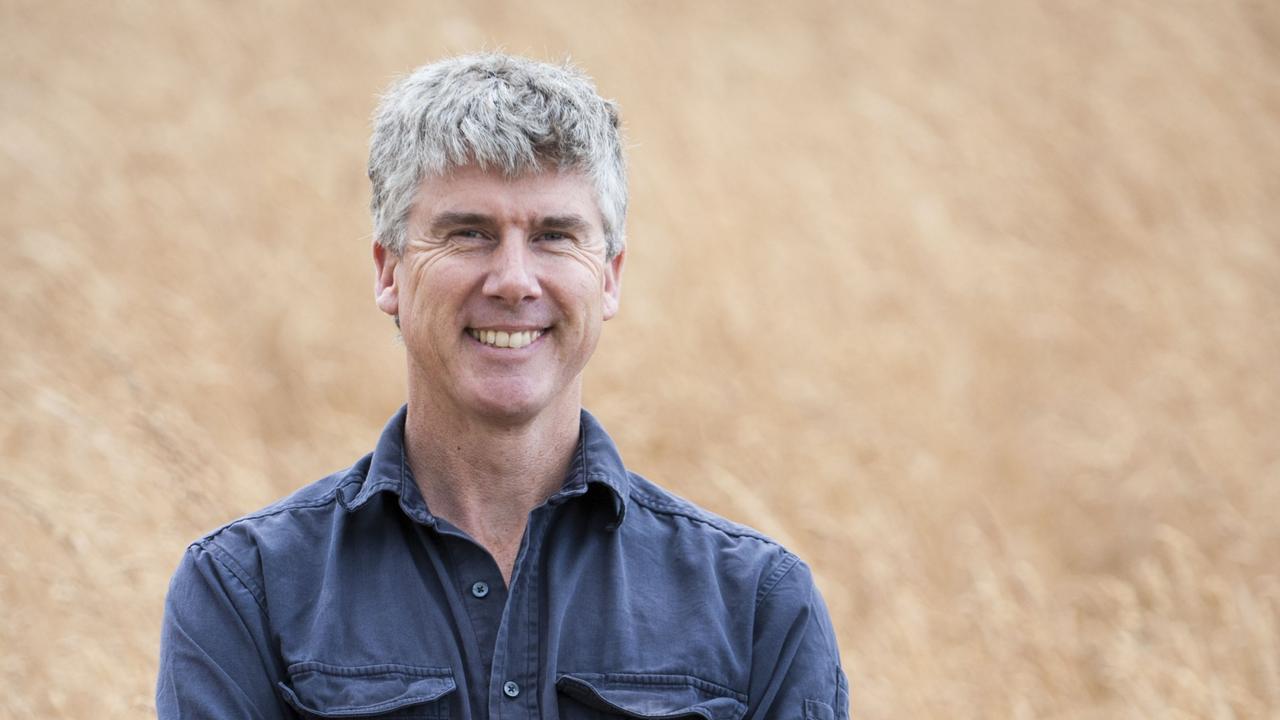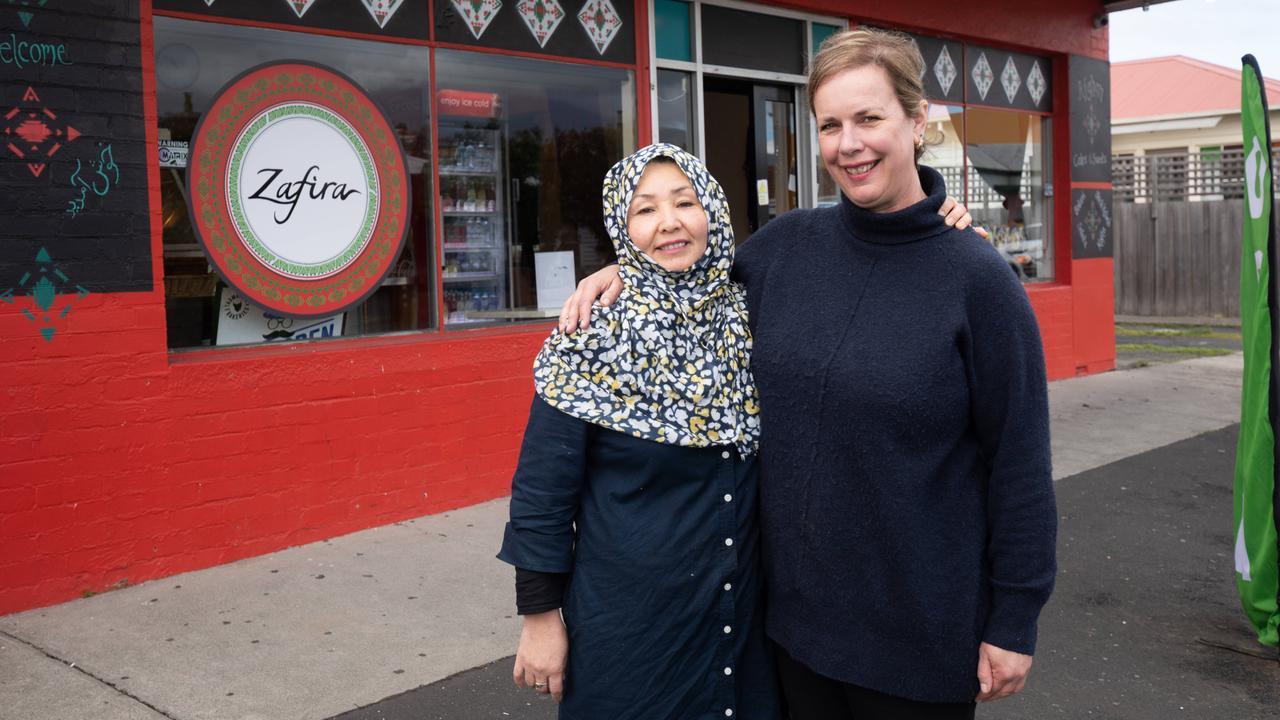New Zealand grower Mark Christensen gives new life to ancient grains, fruit and beans
ELAINE REEVES travelled to New Zealand to revisit the Heritage Food Crops Research Trust and its research into ancient foods.
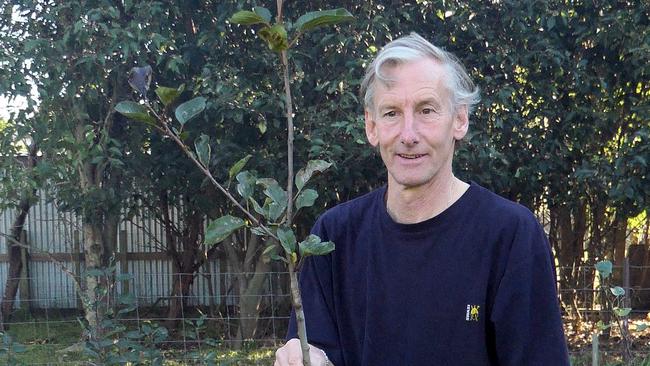
Taste Tasmania
Don't miss out on the headlines from Taste Tasmania. Followed categories will be added to My News.
IF Mark Christensen’s mission succeeds, New Zealanders in decades to come will be eating nourishing foods that can stand up to the warmer wetter and/or drier weather coming towards us.
Mark is founder of the Heritage Food Crops Research Trust, the research garden of which runs behind his house (and several others in his street) in Whanganui. on the North Island’s west coast. The trust is researching ancient grains, peaches and plums, apples, tomatoes and, on which I shall focus today, heritage beans.
Readers with long memories might recall a story I wrote in 2009 about Mark’s work. It centred on an apple Mark stumbled upon and called Monty’s Surprise, which proved to be the apple a day that keeps the doctor away — scientific analysis shows it is particularly good at protecting against illnesses.
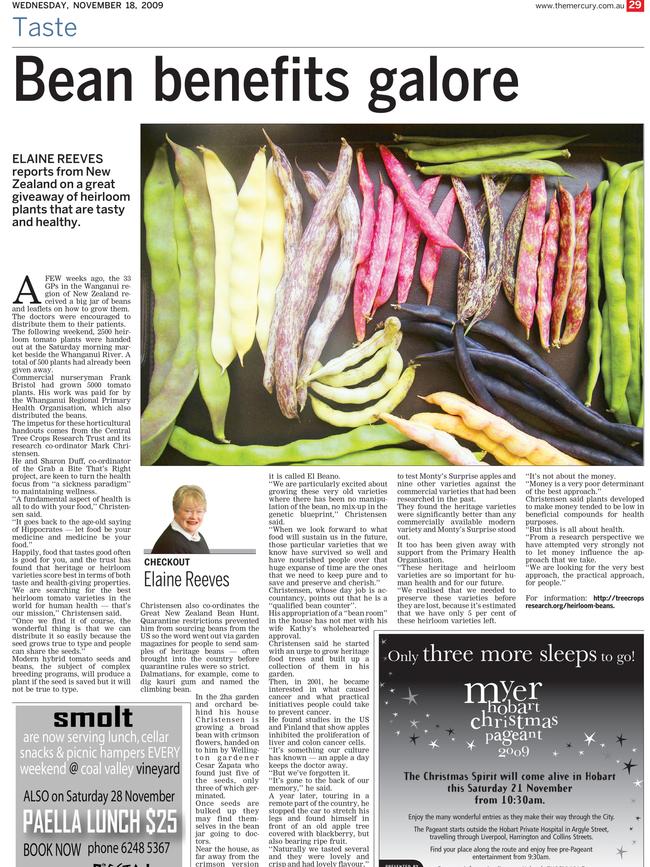
At that time Mark was co-ordinating the Great New Zealand Bean Hunt — scouring the country of heritage varieties brought to the country by gold miners, railway builders, kauri gum diggers and such before quarantine restrictions stopped the free flow of plant material.
That was very successful at collecting, and then bulking up, beans seeds from all over the world. “As part of the project, we want to get the bean varieties out to the community, get people to grow them and fall in love with them and continue to grow them year after year,” said Mark.
The trust also distributes free tomato seedlings and seeds and sapling apple and feijoa trees as part of its open-source research project to trial plants in different soils and climates throughout the country.
An ancient North American bean named for the Hidatsa Indians of the Missouri Valley took the project further. Mark said: “It is just so beautiful, I fell in love with it and thought we need to have that, then thought if we are going to have that, what else can we have?”
A not-for-profit in the US agreed to grow the beans for the trust, have them inspected as they grew and then get the necessary certification that they were pest and disease-free. The cost would be about $250 per bean variety, or about $10,000 for the number the trust wanted.
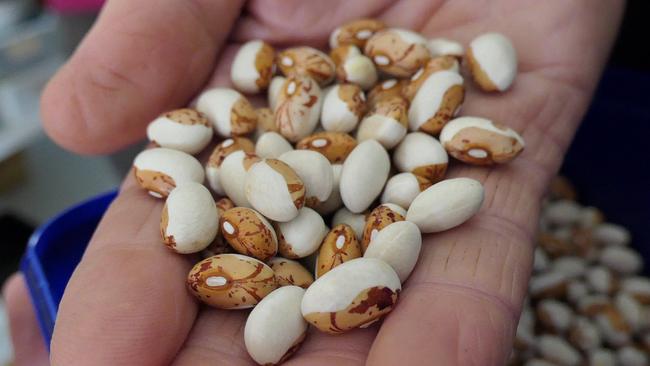
So began the Adopt a Bean project, advertised, like the bean hunt, through gardening magazines and the trust website. By 2011, the money was raised and 29 varieties were grown and passed inspection. This encouraging start was just as well, because in the next couple of years just one variety each year had a disease, which meant none could be imported.
Now the trust has varieties that are drought tolerant, others are shade tolerant — beans that will grow under all different sorts of conditions.
Some of the beans are older than 1000 years and their genetic integrity has been maintained all that time, said Mark. “Now, we want to continue guardianship of those varieties.”
There are about 50 beans in the trust’s collection now, for eating either fresh or dried.
“Europeans are used to green beans and much more comfortable with them, but there are certain advantages of dried beans — for vegetarians, and as a winter food — you can harvest and store them and eat when there is less food around,” said Mark. “And they are so nutritious, they are just so good for the human body.”
MORE ELAINE REEVES:
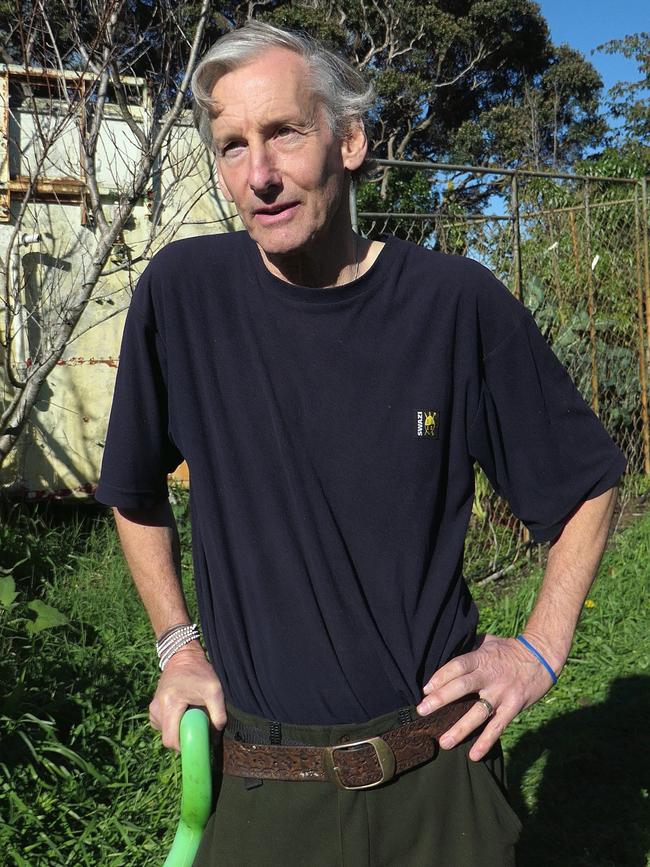
One of the lucky recipients of free beans was my friend Shirley, who lives in Auckland. “How many bean fences do you have,” Mark asked her? Two, she replied. “You need more,” said Mark, adding bean fences were valuable infrastructure for a country. “It does not matter how expensive the roads are, they are not going to feed you.”
Climbing beans give great production for a small footprint in the garden, and you get more from them than from dwarf beans, plus they are easier to pick. One bean Shirley took home was Nell’s Climbing Bean, known as Jimenez in the US. It is a green bean that is ready when it shows red streaks on the pod. However, if you leave it on vine it becomes a brilliant scarlet red colour and looks spectacular.
“So you want to grow it somewhere where you can show it off,” Mark advised. Unhappily, I was not able to bring home any of the heritage beans, but I was allowed to import a jar of honey from hives set at the back of this marvellous, colourful, productive investment in food tested by the past for adaptation to the future.
MORE ELAINE REEVES:

